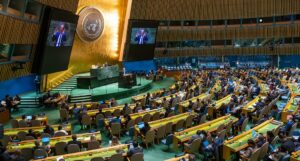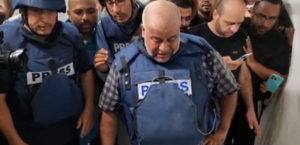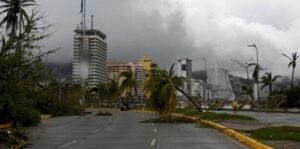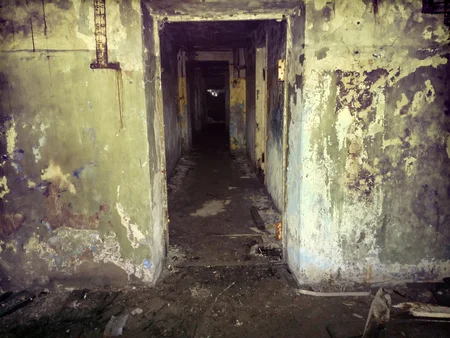
Archaeologists from the Provincial Institute of Cultural Relics and Archaeology in Heilongjiang, China, have made an important find in the northeastern city of Anda. As reported by the South China Morning Post, an underground laboratory has been discovered that is believed to have been used during World War II by Japanese scientists from Unit 731 of the Imperial Army.
Unit 731, created in 1936 by Japanese microbiologist Shiro Ishii, conducted chemical and biological warfare research in China during the Japanese occupation. These experiments involved the deliberate inoculation of pathogens in Chinese citizens and prisoners of war, as well as exposure to bacterial bombs designed to transmit diseases through the skin.
It is estimated that around 3,000 people were used as test subjects, and more than 300,000 people died in China due to Japanese biological weapons, which included the spread of bubonic plague, anthrax, cholera, and typhoid fever.
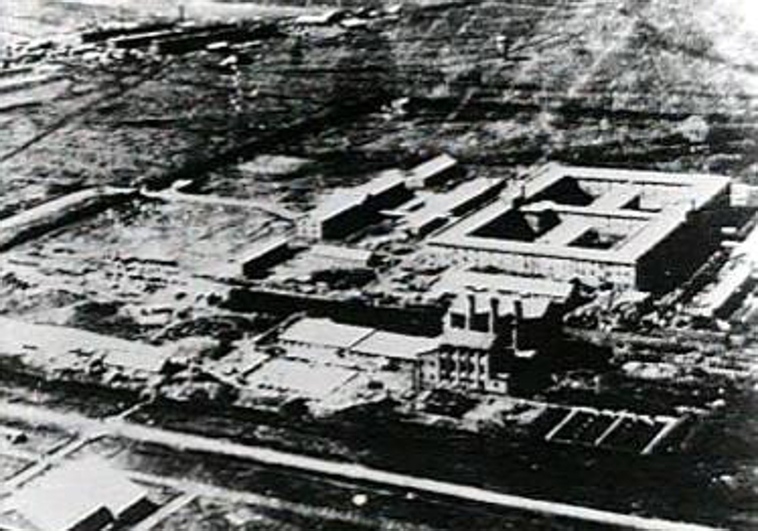
The discovery of the underground complex at Anda was carried out using techniques such as geophysical prospecting, drilling and excavation. Researchers have found a partial U-shaped structure, measuring 33 meters long and 21 meters wide, with interconnected chambers and several tunnels. Although they have not yet entered the complex, it is believed that it could house laboratories, observation and dissection rooms, detention cells, barracks, wells and toilets.
This archaeological discovery could provide new evidence about war crimes committed by Japan during that period. The team of archaeologists will continue to excavate at the site to gather more information about the different areas of the complex and their function.
After the surrender of the Japanese Empire in 1945, the U.S. government concealed evidence of the experiments and granted immunity to many of the members of Unit 731, including Shiro Ishii, in exchange for obtaining information about their investigations. Ishii was even allowed to continue conducting medical experiments in Japan after the end of the war.
It has been confirmed that much of the information gathered during Unit 731 testing was moved to Fort Detrick in Maryland, where the United States conducted its own biological weapons program from 1943 to 1969.




